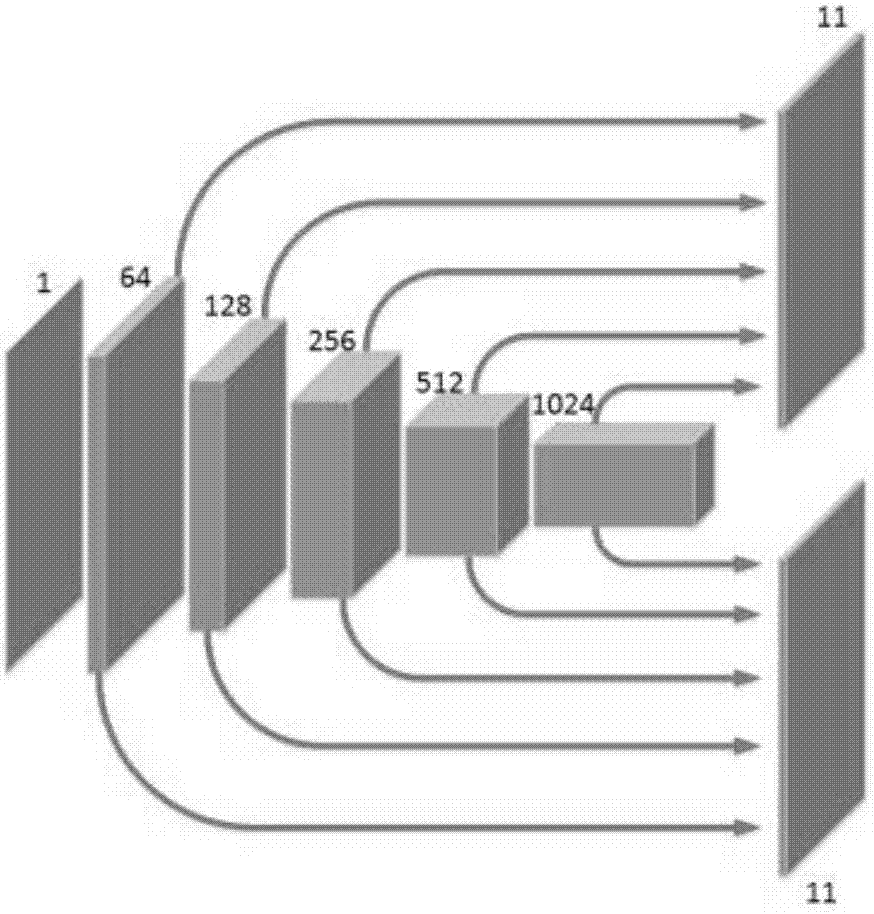Tissue classification method and device based on cardiovascular IVOCT images
A classification method and cardiovascular technology, applied in image analysis, image enhancement, image data processing, etc., can solve the problems of image information loss, inability to restore tissue structure, time-consuming, etc., to make up for the loss of image information and good image display effect. , the effect of high restoration
- Summary
- Abstract
- Description
- Claims
- Application Information
AI Technical Summary
Problems solved by technology
Method used
Image
Examples
Embodiment 1
[0043] like Figure 1-Figure 5 as shown, figure 1 A flow chart of the tissue classification method provided by the embodiment of the present invention; figure 2 The structural diagram of the convolutional neural network provided by the embodiment of the present invention; Fig. 3 (a) is a schematic diagram of the CNN model provided by the embodiment of the present invention; Fig. 3 (b) is a virtual diagram of the use of the CNN model provided by the embodiment of the present invention ; Fig. 4 (a) is the cardiovascular IVOCT image of the input end input of the CNN model provided by the embodiment of the present invention; Fig. 4 (b) is the tissue segmentation diagram of the first output end output of the CNN model provided by the embodiment of the present invention; Fig. 4 (c) is the organizational boundary map that the second output terminal output of the CNN model provided by the embodiment of the present invention; Figure 5 The combined cardiovascular tissue classificati...
PUM
 Login to View More
Login to View More Abstract
Description
Claims
Application Information
 Login to View More
Login to View More - R&D
- Intellectual Property
- Life Sciences
- Materials
- Tech Scout
- Unparalleled Data Quality
- Higher Quality Content
- 60% Fewer Hallucinations
Browse by: Latest US Patents, China's latest patents, Technical Efficacy Thesaurus, Application Domain, Technology Topic, Popular Technical Reports.
© 2025 PatSnap. All rights reserved.Legal|Privacy policy|Modern Slavery Act Transparency Statement|Sitemap|About US| Contact US: help@patsnap.com



